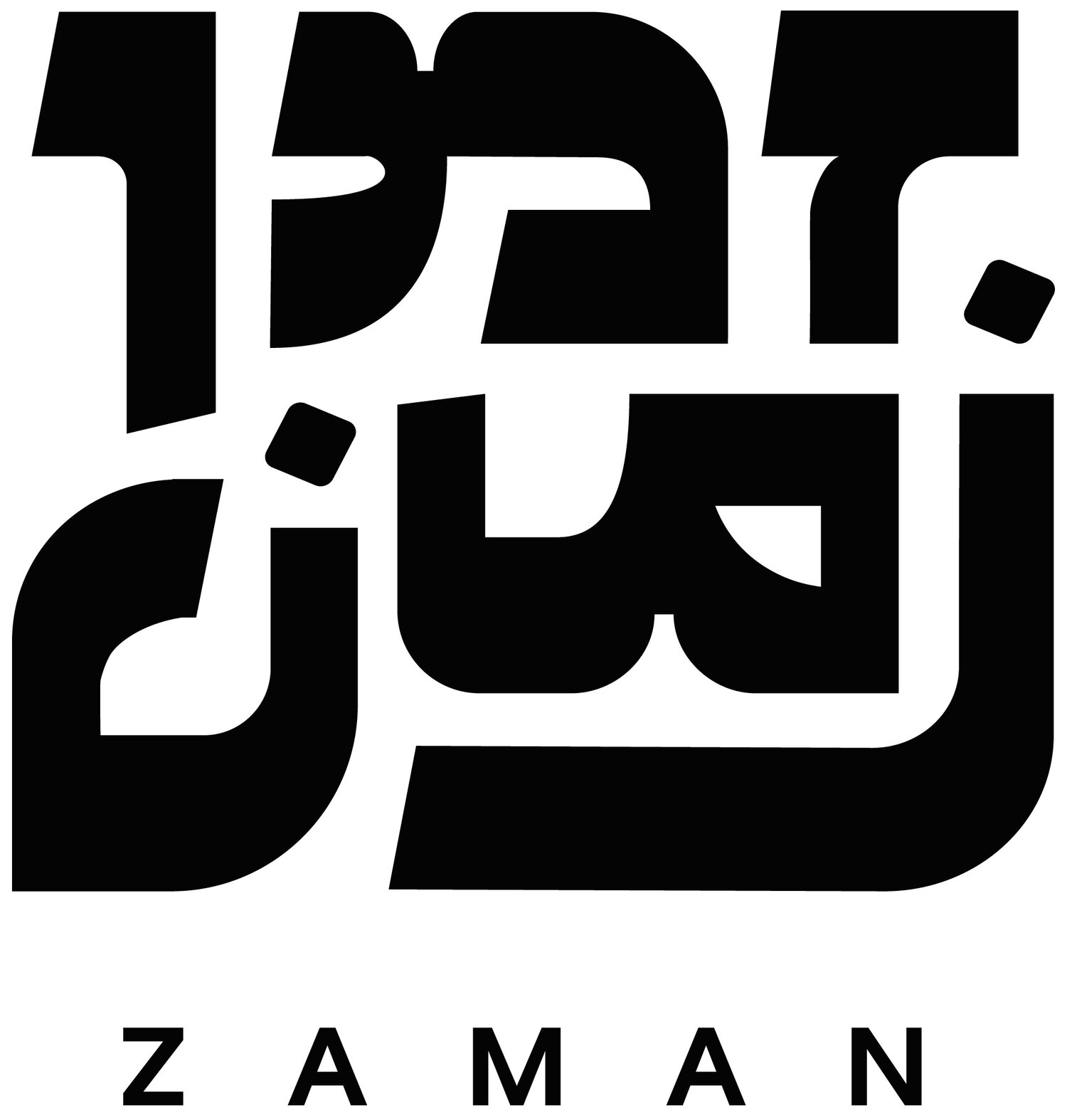Khoda Hafez / خداحافظ
This four-by-five foot oil painting by Sophie Levy served as the last hurrah of her high school career and closed the chapter of her adolescence as a Persian Jewish girl in Los Angeles. Completed between December 2017 and May 2018, the painting draws upon traditional portraits of female dancers and musicians in Qajar-era Iran while also incorporating a lush vocabulary of symbolism. Levy patches together a pulsating landscape of naturalistic biblical Jewish motifs, images drawn from memory, and references to her personal life.
Set at a large family gathering in a lavish home, the painting examines what it feels like to exist as a girl on the cusp of true intellectual, sexual, and emotional growth while also living in the crosshairs of a hyper-complicated social environment. The central figure is at once in the presence of and isolated from the teeming world of interaction in the background. The simultaneous warmth and chaotic dysfunction of a big Mizrahi family are at play behind her, as is the sweetly awkward, anxiety-inducing scene of teenagers flirting on a basketball court. Overall, the painting’s complexity in this regard serves to examine conceptions of heteronormative flirtation, familial connection, and alienation.
Levy also contemplates the issue of compulsory femininity and retorts the ideal of najeebness- or submissive purity in sexuality and demeanor. The samovar and rose petals glisten with a palpable, fragrant decadence, yet they are sidelined as the figure instead opts to hold a string of beads with a tassel- used by Jewish men in Iran as a tool for contemplation. The figure’s hair remains undone, her expression is thoughtful and devoid of performance, and she sits with her legs comfortably open. Despite the Balthus-esque sexual undertone of the position, the figure herself is not sexualized; rather, she is simply existing. She does not vie for or fear the response of the male gaze, and she does not contort her body into a “ladylike” posture. She just sits with her thoughts.
Khoda hafez means “goodbye” in Farsi- and although the figure’s room seems to function as a temporary refuge, it isn’t exactly a full escape. The room is not entirely disconnected from the anxious social world in the background, yet it clearly takes on its own distinct character as a space for the appreciation of beauty and healthy rumination free of external scrutiny. It is complicated, but not self-contradictory; masculinity and femininity coexist naturally, as do all things Jewish and Iranian. Dichotomies and constraints are blurred or abandoned as a richer, more complete view of life rings out from the image.
